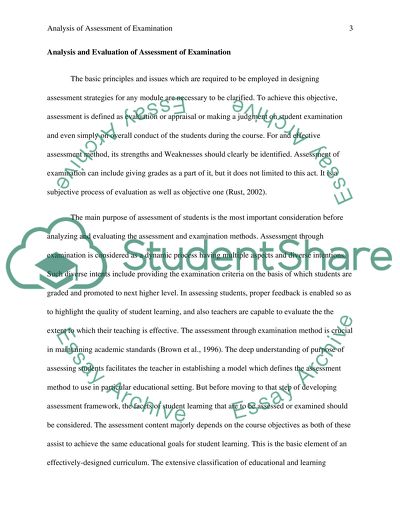Cite this document
(“A Critical Analysis of Examination in Assessing Psychology Students at Coursework”, n.d.)
Retrieved from https://studentshare.org/education/1393678-a-critical-analysis-of-examination-in-assessing
Retrieved from https://studentshare.org/education/1393678-a-critical-analysis-of-examination-in-assessing
(A Critical Analysis of Examination in Assessing Psychology Students at Coursework)
https://studentshare.org/education/1393678-a-critical-analysis-of-examination-in-assessing.
https://studentshare.org/education/1393678-a-critical-analysis-of-examination-in-assessing.
“A Critical Analysis of Examination in Assessing Psychology Students at Coursework”, n.d. https://studentshare.org/education/1393678-a-critical-analysis-of-examination-in-assessing.


